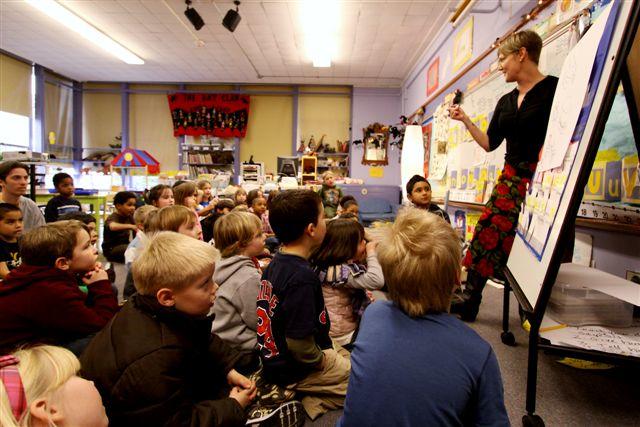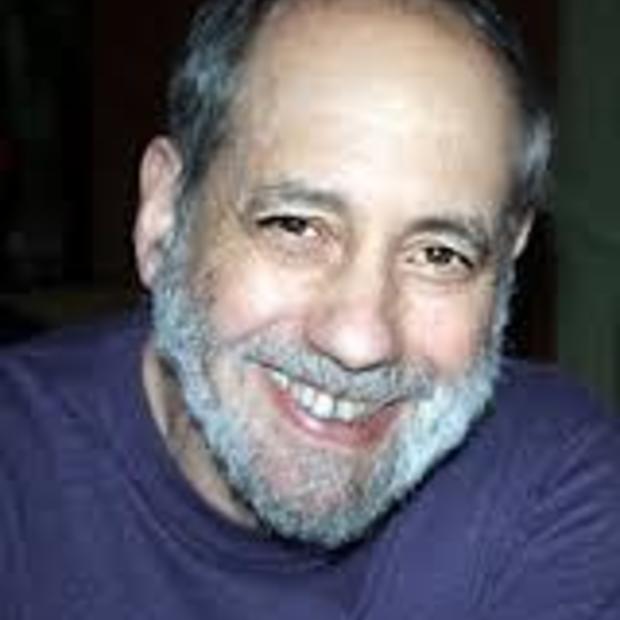The Seattle Teacher Residency Program is a master’s degree level teacher preparation program in Seattle Public Schools that began in 2014. This rich resource for teacher development and equity in the city is at risk, along with the important partnership it has created between the Seattle Public Schools, the UW College of Education, the Seattle Education Association, and the Alliance for Education.
The Seattle program is, in fact, the only teacher residency program in the country in which the local teachers’ association is a full partner.
Each of the partners has committed both human and financial resources to the program during its first three years of operation that includes funding from several local foundations for development and start-up costs, and some of the operating costs. The plan for the program has been for the Seattle Teacher Residency to become an important part of Seattle Public School’s human capital strategy and for the district to pick up an increasing share of the cost of the program, using in part the savings that become available from decreased teacher attrition in low-income schools. The plan has been for the district to ultimately assume responsibility for one-third of the program’s costs in 2017-2018 making STR a genuine public-private partnership.
STR is an important equity initiative that has the potential to make an important contribution to reducing the student learning gaps that have plagued the district for many years. It is crucial that the district contribute its share of the cost of continuing this innovative program. The consequences of the district not doing its part to financially support the continuation of the program in Seattle Public Schools will mean that the program that was specifically created to benefit students in Seattle will probably eventually migrate to other nearby districts that understand and appreciate its value in supporting greater educational equity.
A recent Seattle Times editorial reported that the district intends to cut its financial contribution to the Seattle Teacher Residency program next year from $250,000 to $50,000 because the district believes that “the program is financially unstable, takes up too many resources, and hasn’t generated enough recruits per year.” As a practitioner and researcher of teacher education for the past 40 years, I believe that this is a shortsighted decision that is not in the best interest of students in the district.
STR has prepared 25-30 teachers a year to teach in low-income Seattle schools since 2013. The residents are prepared in elementary or special education and commit to teach for at least five years in a low-income school in Seattle Public Schools. All elementary STR teachers also complete dual certification in teaching English learners or special education.
STR teachers participate in a 14- month supervised residency under the guidance of carefully selected and trained mentor teachers and complete course work that was jointly developed by faculty at the UW and district staff to be aligned with the curriculum and practices in Seattle schools.
Two of the goals of the STR are to increase the proportion of teachers of color in the district and to reduce teacher attrition in low-income schools. Research strongly suggests that increasing the diversity of the teaching staff and increasing teacher stability in schools with significant teacher turnover will help reduce learning gaps in the district. In the first three years of STR, an average of 44 percent of the 78 residents and teachers who have entered the district have been teachers of color compared to 12 percent of the district's other “new to the profession” hires.
One hundred percent of the first cohort of STR graduates are still teaching in Seattle Public Schools in their second year. Nationally, teacher residency programs that meet the high standards of the National Center for Teacher Residencies (STR is one of these) have a retention rate of 84 per cent after three years.
The $250,000 that Seattle Public Schools contributes to the program this year translates into a cost of $8,064 for each of the 31 residents in cohort three. There are several ways that the district will save money in the long run by continuing to support this program. Everything about the new teachers' preparation is closely aligned with the policies and practices of the district. This means that the costs of training new teachers in district practices will be reduced.
Second, STR invests substantially in both the selection of the mentors and their training and support. This helps build the leadership skills of district teachers and contributes to the overall learning and development of the mentors and their pupils.
Finally, using the formula for calculating the cost of teacher turnover developed by the National Council for Teaching and America’s Future, the annual cost of teacher turnover in Seattle Public Schools is estimated to be about $10.6 million. SPS spends around $26,483 per teacher on all new teacher hires. The financial savings to the district and the increased teacher retention and diversity will positively impact equity in student learning.
In Boston, Denver, San Francisco and other urban districts across the U.S., teacher residency programs have recently become an important component of districts’ hiring strategies to reduce disparities in student learning. Seattle Public Schools would be wise to look at the long-term benefits of the program and continue to fund its share of the program costs.
Recently, I spent an afternoon at Van Asselt elementary school in Beacon Hill where principal Chanda Oatis has hired nine graduates from the first two cohorts of STR. Ms. Oatis is very enthusiastic about the high quality of preparation and skills that these former residents have brought to her school, and she would gladly hire more residents. She has been particularly pleased by the ways in which these STR graduates arrived on the job and immediately started to learn about the surrounding community and reach out to students’ families to connect in positive ways.
I had the opportunity that afternoon to observe five of these teachers in their classrooms and I came away with two major impressions. The first thing that struck me was the poise and maturity that was displayed by these first and second year teachers. One would never know from just watching them in action that they were beginning teachers.
The second impression was the high level of engagement among their students, and their enthusiasm for the math and literacy tasks that I observed. I have been preparing teachers for nearly 40 years, and I have rarely seen such poise and confidence in beginning teachers. I would hate to see my cities' schools walk away from such a promising effort in improving the educational opportunities for all students.



